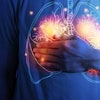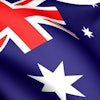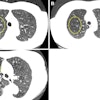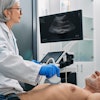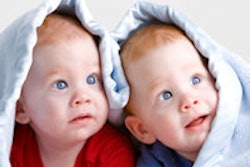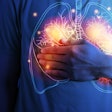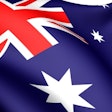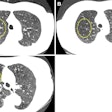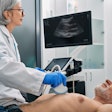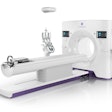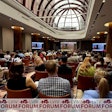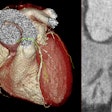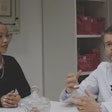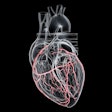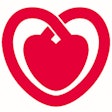Dear Cardiac Insider,
Researchers have long found twins to be a wellspring of scientific insight for distinguishing the various influences of genetics and environmental factors on human health. But little research had been done on twins and cardiovascular disease -- that is, until a team from Hungary decided to look at the genetic and environmental forces driving cardiac morphology and atherosclerosis for a study presented at ECR 2014.
In eye-opening CT angiography (CTA) research that included pairs of identical (monozygotic) as well as fraternal (dizygotic) twins, the Budapest group's early results suggest that vessel morphology may be somewhat random. But it appears that nature, not nurture, is dominant when it comes to atherosclerotic plaque. In fact, the development of vulnerable plaque appears to be even more heritable than even body mass index. Find out more by clicking here.
Also from ECR 2014, a study team from Vienna was surprised to learn that a small change in CT contrast concentration led to significantly different heart rates in coronary CTA patients -- with the higher heart rates packing enough motion to degrade images produced by the faster heart rates. Get the rest of the details here.
Then there are those pesky differences in coronary calcium scores produced by the scanners themselves. Presenting at the RSNA 2013 meeting in November, a Dutch group from University Medical Center Utrecht found substantial differences in calcium scores produced by different state-of-the-art multidetector-row CT scanners. For ECR 2014, the same group looked at whether those big differences in Agatston scores meant that patients were being reclassified to different, and perhaps dangerously inaccurate, cardiac risk profiles. See what the new research concluded by clicking here.
Finally, hybrid imaging of the heart seems finally to be coming into its own, according to another presentation at ECR 2014. In particular, SPECT/CT has unique advantages over other modalities when it comes to evaluating cardiac function by reducing the number of ambiguous findings, according to a story you'll find here.
We invite you to scroll down through the links below for the rest of the news -- including an article on new cooperation between cardiologists and radiologists -- right here in your Cardiac Imaging Digital Community.
